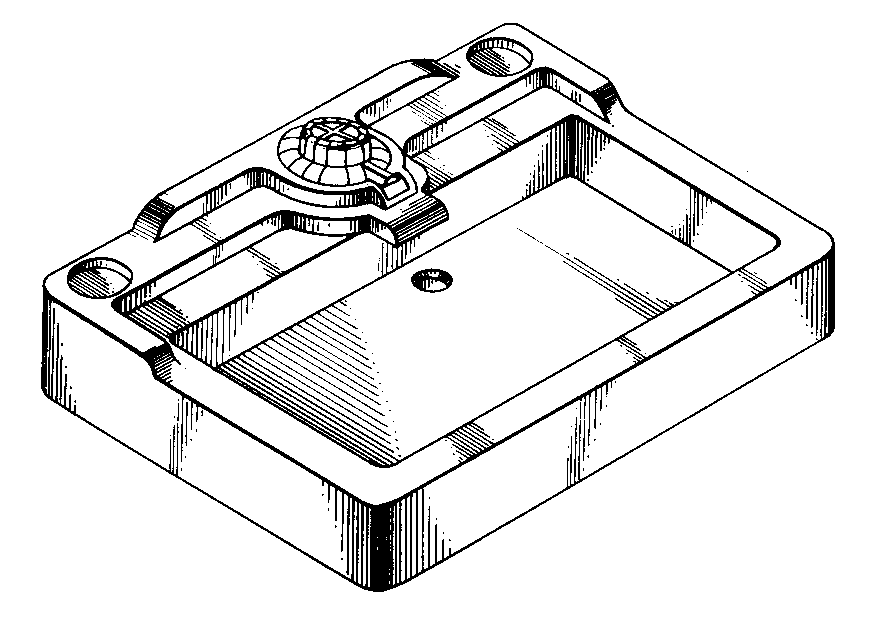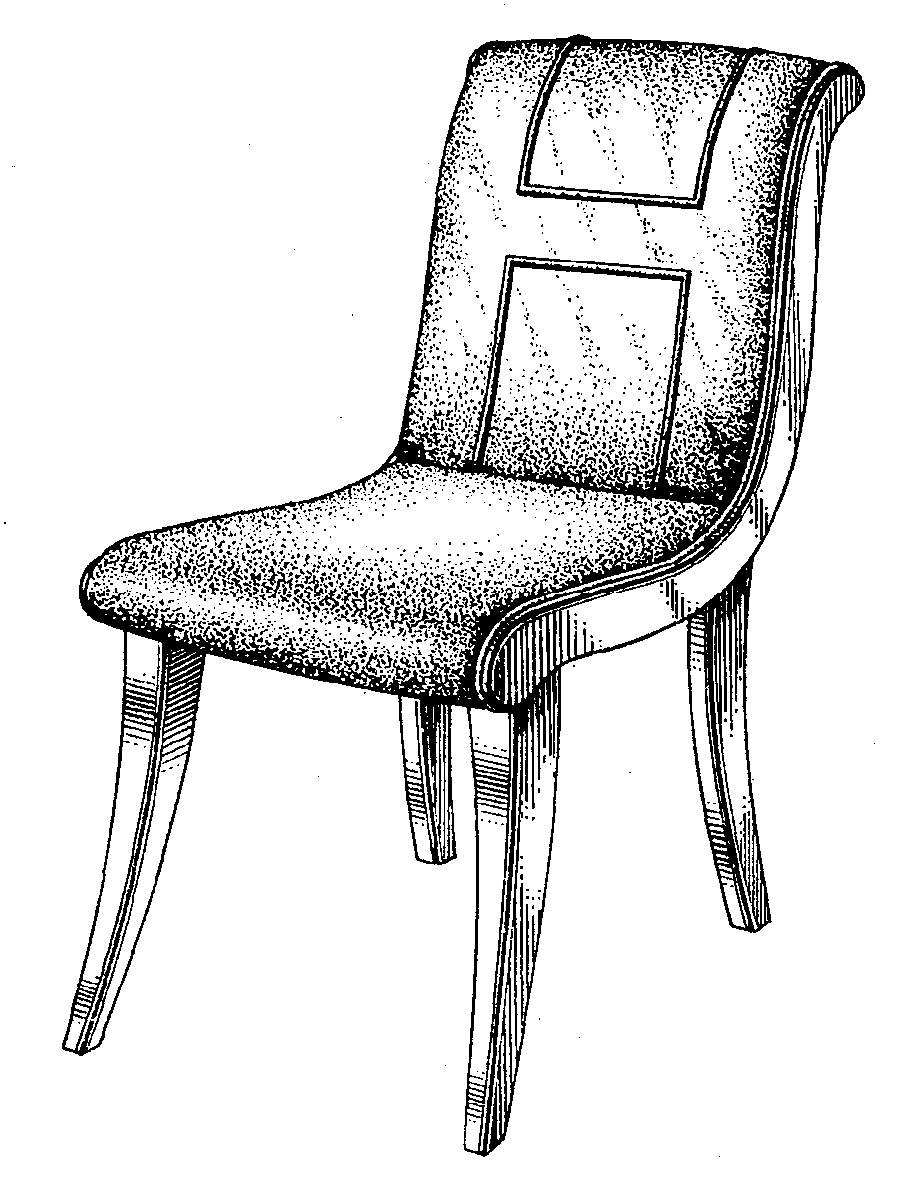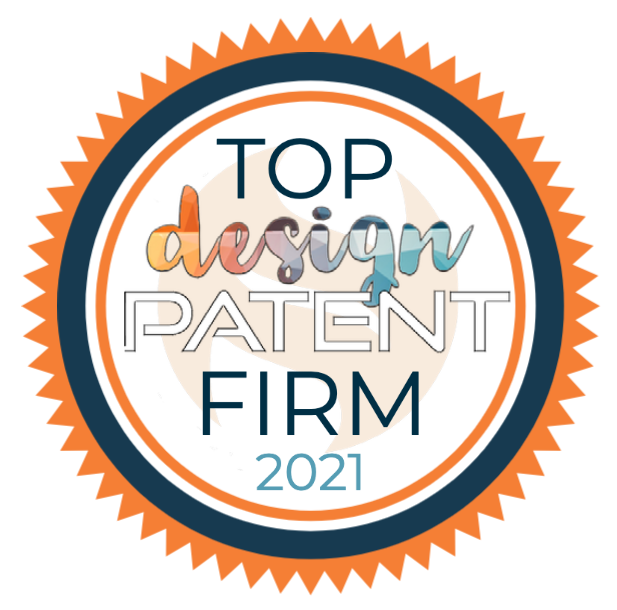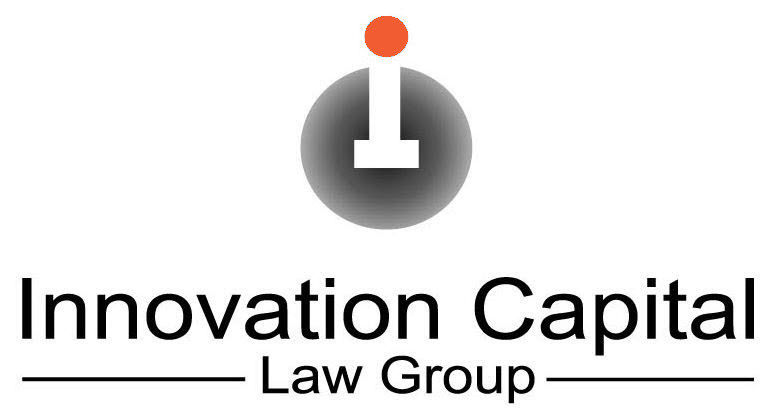Strict USPTO Rules for Design Patent Drawings
The USPTO has strict standards for US design patent drawings. These strict rules govern which views are required as well as how those views must be shown. Do yourself a favor. Submit proper drawings upfront that meet these strict requirements. The delay and additional expenses of having to correct design patent drawings are not worth the cost savings.
Need to file a proper US design patent application with flat rates? Contact US patent and trademark attorney Vic Lin at 949-223-9623 or email vlin@icaplaw.com to explore working with us.
What is the format of US design patent drawings?
In most cases, figures for a design patent application should be drawn in black-and-white line drawings. Unlike utility patent drawings, proper surface shading must be included. Broken lines may be used to show subject matter that does not form a part of the claimed design. As a helpful resource, the USPTO provides this guide on design patent applications.
Special attention should be given to any surface shading to show the character and contour of all surfaces of any three-dimensional aspects of the design.
Broken lines should be used to depict portions that form no part of the claimed design. In special circumstances, black-and-white photographs may be filed in lieu of ink drawings if the photographs are the only practicable medium for illustrating the claimed invention [37 CFR §1.84(b)(1)].
Can US design patent figures comprise color drawings or color photos?
A petition must be filed if an applicant seeks to file color drawings or color photographs in lieu of black-and-white drawings. The petition filed under 37 CFR §1.84(a)(2) should explain why color drawings or photographs are necessary. The petition must include the petition fee [37 CFR § 1.17(h)], three sets of color drawings or photographs, and the specification must contain the following language:
“The patent or application file contains a least one drawing executed in color. Copies of this patent or patent application publication with color drawing(s) will be provided by the Office upon request and payment of the necessary fee.”
What are the required design patent views?
Design patent drawings must show the following required views:
- front;
- rear;
- right side;
- left side;
- top; and
- bottom.
The above required views must be shown head-on and not from an angle. Views shown from an angle, however slight, are called “perspective views” which may be included. Though perspective views are optional, I generally prefer including them since they can be quite helpful in showing the depth and shape of any three-dimensional features.
Views that are merely duplicates or mirror images of other views of the design may be omitted if the specification makes this explicitly clear. For example, if the left and right sides of a design are identical or a mirror image, a single view of one side may be provided along with a statement in the drawing description specifying that the other side is identical or a mirror image (i.e., “the right side elevational view is a mirror image of the left side”).
If the bottom is flat and includes no ornamentation, that view may be omitted if the figure descriptions include a statement explaining the view (e.g., “the bottom is flat and unornamented”). “Unornamented” should not be used to describe visible surfaces that clearly are not flat.
Surface shading in design patent drawings
One requirement that makes US design patent drawings different from rest of the world is surface shading. In most foreign patent offices, surface shading is not required. US design patent laws, on the other hand, require that appropriate surface shading in the drawings that clearly show the character and contour of all surfaces of any three-dimensional aspects of the design. Surface shading is also necessary to distinguish between open space and solid areas.
The lack of appropriate surface shading may result in a non-enabling rejection under 35 USC § 112(a) [first paragraph]. As a result, it may be difficult to resolve this rejection since the addition of surface shading after the initial filing might be considered new matter [see 35 USC § 132(a)]. This is a key reason why we discourage inventors from using their own drawings which would likely result in objections by the examiner.
Below is an example of straight-line surface shading to indicate a flat surface:

When the surface is curved or not flat, stippling should be used. Here’s an example of a design patent drawing with a combination of surface shading for flat surfaces and stippling for curved surfaces:

What are design disclaimers?
Written disclaimer statements are not permitted in issued design patents, but are temporarily allowed in a pending design application to enable future amendments. Therefore, the most effective way to avoid claiming a particular design feature or element is to show such feature in broken or dashed lines.
How to use broken or dashed lines
Sometimes it’s helpful to show the context of a design without actually claiming the surrounding environment. Broken or dashed lines may be used in such circumstances to indicate that whatever is shown as such forms no part of the claimed design.
Some foreign countries do not allow for broken lines in design patent applications. For example, China does not allow broken lines. So keep in mind that whatever is shown dashed in a US design patent application may ultimately have to be shown as solid in a counterpart foreign design application.
What can go wrong with improper design patent drawings?
You will receive an Office Action specifying the issues. A timely response must be filed with replacement drawings. If your Office Action response does not adequately resolve the drawing objections, you may receive a second Office Action.
Such drawing objections, therefore, may delay the allowance of your design patent application by several months to a year or more. In some cases, the design patent application may ultimately be rejected and never be allowed.
Can photographs be combined with ink drawings?
No, photos cannot be combined with black-and-white line drawings in one design application [see MPEP 1503.02]. If photographs are submitted instead of ink drawings, the photos should not show any environmental structure.
Need to file a US design patent application with proper drawings?
Line drawings prepared by non-patent illustrators or foreign firms might not work for US patent filings. Feel free to reach out to US design patent attorney Vic Lin at vlin@icaplaw.com or call (949) 223-9623 to see how we can help you file a proper US design patent application.


